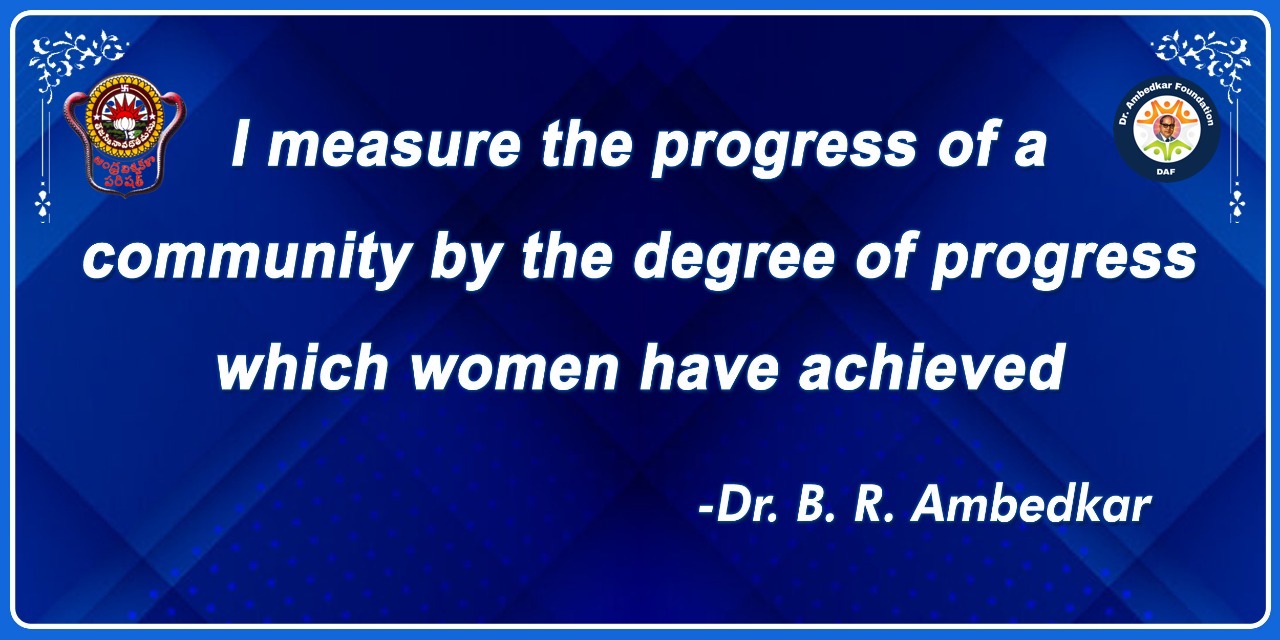

Creating subject wise Chairs in Different Universities/Educational Institutes
In the year 1992, a Sub-Committee on Education was set up by Babasaheb Dr. B.R. Ambedkar Centenary Celebrations Committee, recommended a scheme for setting up subject wise "Dr. Ambedkar Chairs" in different universities.
DR. BHIMRAO RAMJI AMBEDKAR (1891-1956)
Dr. Bhimrao Ramji Ambedkar (1891-1956), fondly known as Babasaheb, is one of the most illustrious sons of India and a great National Leader.
He is considered the champion for the Dalit cause, a learned scholar, extraordinary statesman, and a visionary who contributed greatly to the building of the modern nation
Dr. Ambedkar left an indelible impression in the history of India as a messiah who freed the oppressed masses and secured human rights for millions of weaker and oppressed classes that were path-breaking in its essence and strived towards the monumental endeavours of freedom.
He was the chief architect of the Constitution of India, wherein Babasaheb left emancipatory provisions for the justice and empowerment of the oppressed classes.
He symbolised the struggle for justice and empowerment of the weaker and downtrodden population in India and laid the foundation stones of building a just society.
Babasaheb's ground breaking ideas led to the formation of the Reserve Bank of India during British rule.
As a labour leader, he promoted the revolutionary idea of fair condition of life of labour' as opposed to "condition of work", which provided the outline of the future labour laws in India. Babasaheb was also a champion of the cause of gender equality
He initiated reforms for lessening working hours to 48 hours per week, removed the ban of engaging women in various forms of employment, and coded the principle of equal pay for equal work irrespective of gender
His idea of the Hindu Code Bill was of emancipatory nature.
Babasaheb also left a lasting impression as a social reformer through his role in the movements like Mahad Satyagraha, the Anti-Khoti movement, and the Dalit Buddhist movement.


